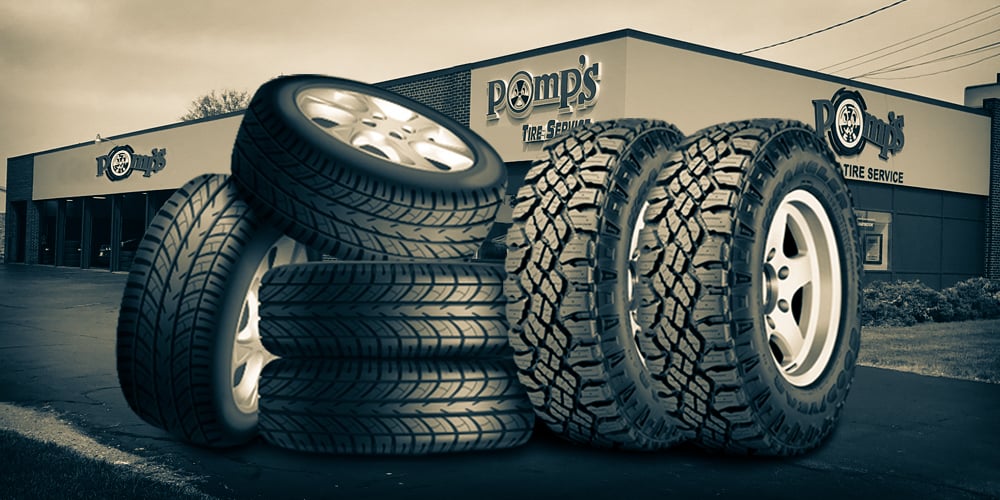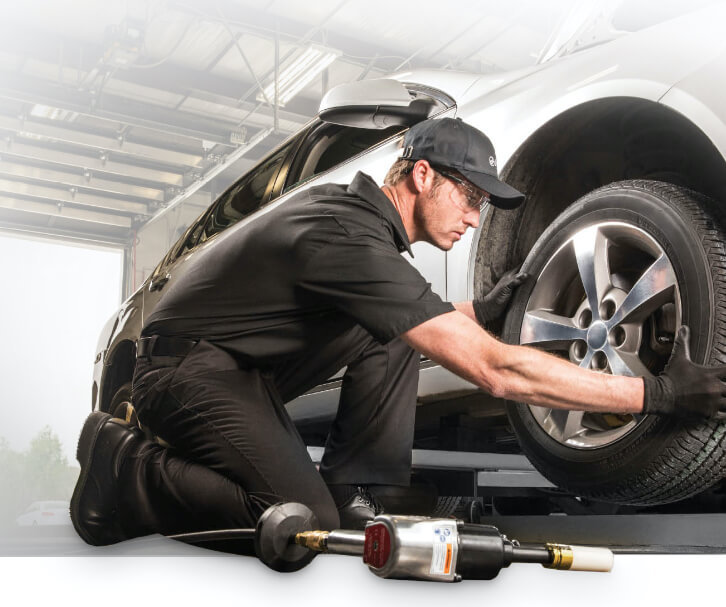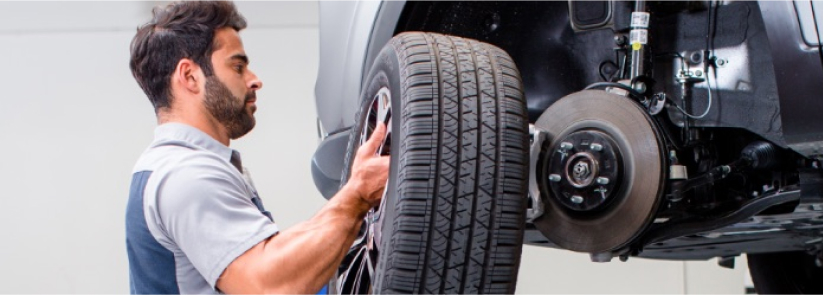Tire Service: The Impact of Weather
When it comes to guaranteeing ideal performance and safety on the roadway, comprehending the effect of weather conditions on tire service is important. GMC Tire Service. In this discussion, we will certainly explore the complex relationship in between weather condition conditions and tire service, losing light on the relevance of weather-specific tire upkeep practices and factors to consider.
Warmth and Tire Performance
When subjected to heats, tires experience modifications in performance that can dramatically influence vehicle safety and handling. The warm created from prolonged driving or warm weather conditions causes the tire rubber to soften, bring about decreased walk life and increased wear. As the rubber ends up being softer, the tire's grasp on the road reduces, influencing stopping ranges and total grip. In extreme instances, excessive warm can even trigger tire blowouts, posturing a severe security risk to the lorry and its owners.

Cold Weather Results
Winter problems can have a significant influence on tire performance and safety. As temperature levels decrease, tire rubber can set, bring about reduced grip on icy or snow-covered roadways. In winter, tires might also lose air stress much more swiftly, which can influence taking care of and fuel efficiency. Furthermore, cold temperature levels can cause tire sidewalls to tense, increasing the threat of damages from potholes or other roadway hazards.
To mitigate the effects of winter on tires, it is critical to frequently inspect tire pressure and inflate them to the producer's recommended levels. Making use of winter or all-season tires made for winter conditions can also enhance traction and grip on icy or snowy roads. Appropriate tire maintenance, consisting of regular examinations for wear and damages, comes to be much more vital during chillier months to guarantee ideal performance and safety.
Rainy Conditions Impact
During rainy problems, tire efficiency and security can be substantially affected by the wet roadway surfaces and lowered visibility. The tread pattern of tires plays a critical function in maintaining grip on wet roads. Tires with damaged treads are a lot more vulnerable to hydroplaning, where a layer of water accumulates in between the tire and the road surface, bring about loss of traction. To fight this, chauffeurs must routinely check their tires for adequate step deepness and consider purchasing tires especially created for damp conditions.
Additionally, rainy weather can likewise lower visibility, making it testing for motorists to see the road in advance plainly (GMC Tire Service). In websites such conditions, it is vital to adjust driving rates appropriately and maintain a safe following range to permit for sudden stops. Appropriately filled with air tires can additionally assist in preserving control on damp roads by offering far better handling and hold
Snow and Tire Security
Snow-covered roadways position one-of-a-kind difficulties for drivers, highlighting the significance of correct tire selection and maintenance. When driving in snowy problems, having the ideal tires can make a significant difference in security and efficiency. Winter months tires are designed with special rubber compounds and tread patterns to supply much better grip on snow and ice contrasted to all-season tires. The much deeper treads and sipes of winter tires assist hold the road better, reducing the threat of moving and sliding.

It is crucial to comply with producer instructions when making use of and installing tire chains to stop damage to the tires and automobile. By picking the appropriate tires, preserving proper rising cost of living, and considering additional grip aids like tire chains, drivers can improve their safety and security when browsing snow-covered roads.
Weather-Related Tire Maintenance
Weather-related tire maintenance incorporates an array of techniques intended at making sure ideal tire feature and longevity in different climate circumstances. One vital element of weather-related tire upkeep is tire stress policy. Checking tire tread routinely and changing tires when tread wear reaches a specific depth is useful content essential for keeping traction and security in damaging weather.
Conclusion
In final thought, climate conditions have a substantial influence on tire efficiency and safety and security. From warm impacting tire stress and wear to cold weather lowering grip, it is essential to consider the weather condition when keeping and utilizing tires.
In this conversation, we will check out the complex relationship in between weather condition problems and tire solution, dropping light on the relevance of weather-specific tire upkeep methods and factors to consider.
